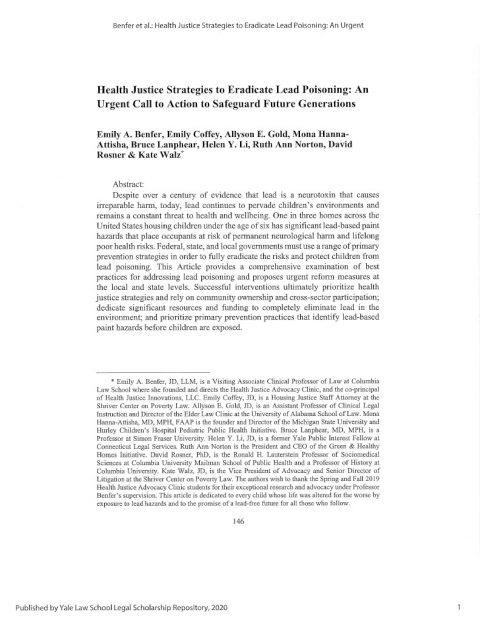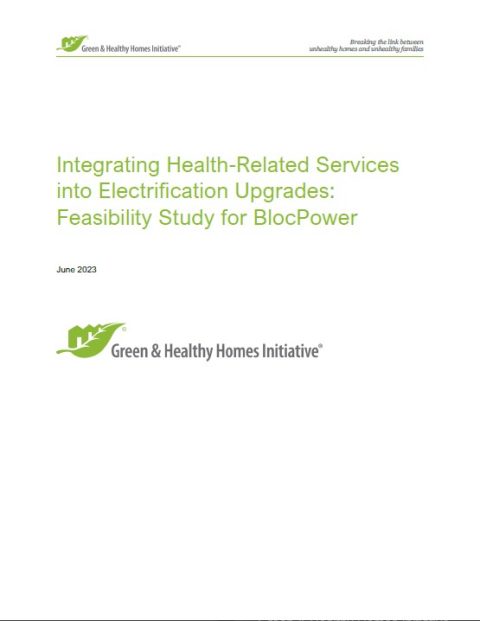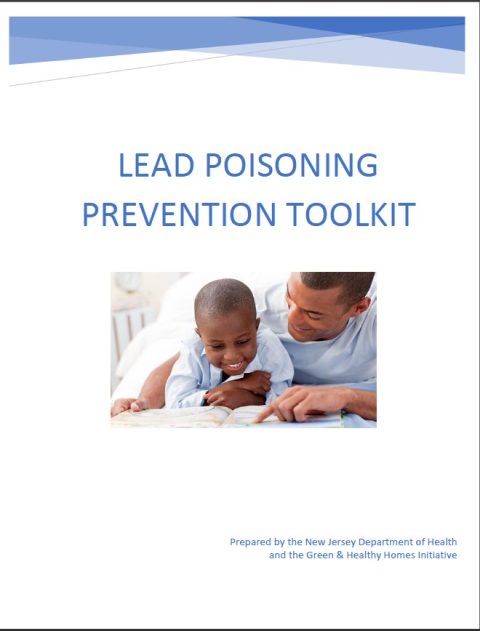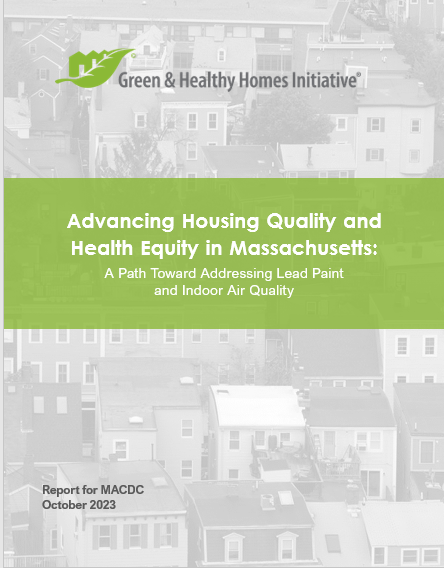Health Justice Strategies to Eradicate Lead Poisoning: An Urgent Call to Action to Safeguard Future Generations

Access insightful information on lead poisoning prevention best practices and policies in this Yale Journal of Health Policy, Law and Ethics publication to assist leaders nationally in advocating to policymakers, funders and partners to help us bring an end to the toxic legacy of lead that has negatively impacted health, well-being, racial equity and social outcomes for generations of children and families in the United States.
Abstract
Despite over a century of evidence that lead is a neurotoxin that causes irreparable harm, today, lead continues to pervade children’s environments and remains a constant threat to health and well-being. One in three homes across the United States housing children under the age of six has significant lead-based paint hazards that place occupants at risk of permanent neurological harm and lifelong poor health risks. During the COVID-19 pandemic, the potential for lead exposure and lead poisoning increased due to a reduction in well child visits, strained public health departments, the move to remote learning and strategies to contain the COVID-19 pandemic that required shelter in place. As the United States works to contain the virus, it must also prioritize the control of lead hazards to prevent permanent harm to children.
Federal, state, and local governments must use a range of primary prevention strategies in order to fully eradicate the risks and protect children from lead poisoning. This Article provides a comprehensive examination of best practices for addressing lead poisoning and proposes urgent reform measures at the local and state levels. Successful interventions ultimately prioritize health justice strategies and rely on community ownership and cross-sector participation; dedicate significant resources and funding to completely eliminate lead in the environment; and prioritize primary prevention practices that identify lead-based paint hazards before children are exposed.
Read the full publication here
For inquiries or questions related to this article, please contact:
Emily A. Benfer at benfere@wfu.edu or
Ruth Ann Norton at ranorton@ghhi.org
Citation: Emily A. Benfer, Emily Coffey, Allyson E. Gold, Mona Hanna-Attisha, Bruce Lanphear, Helen Y. Li, Ruth Ann Norton, David Rosner & Kate Walz, Health Justice Strategies to Eradicate Lead Poisoning: An Urgent Call to Action to Safeguard Future Generations, 19 Yale J. Health Pol’y L. & Ethics (2020).



